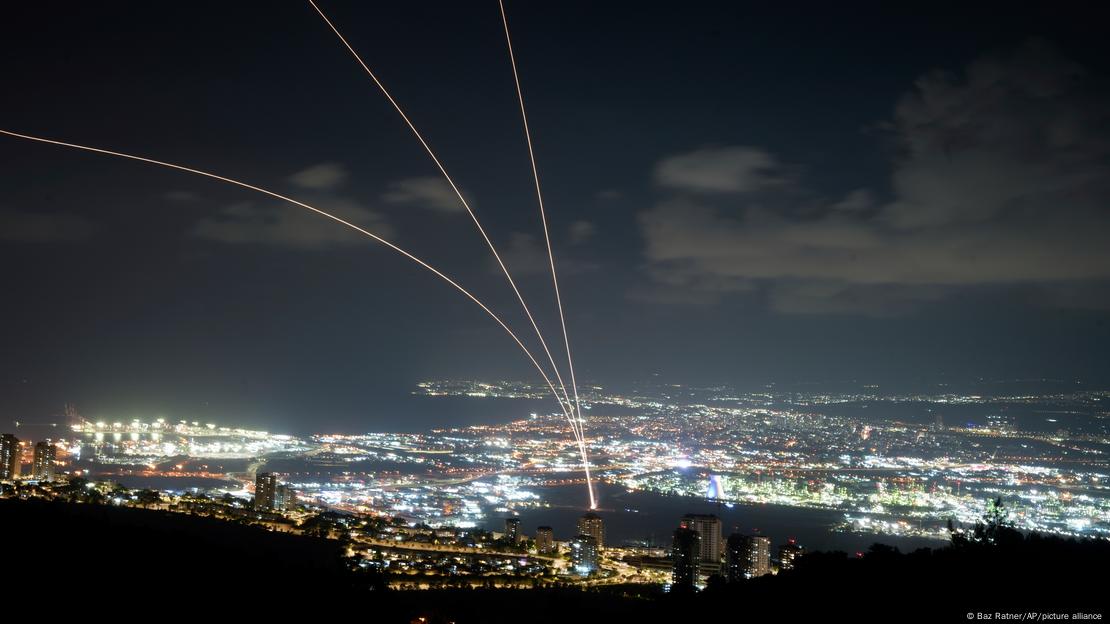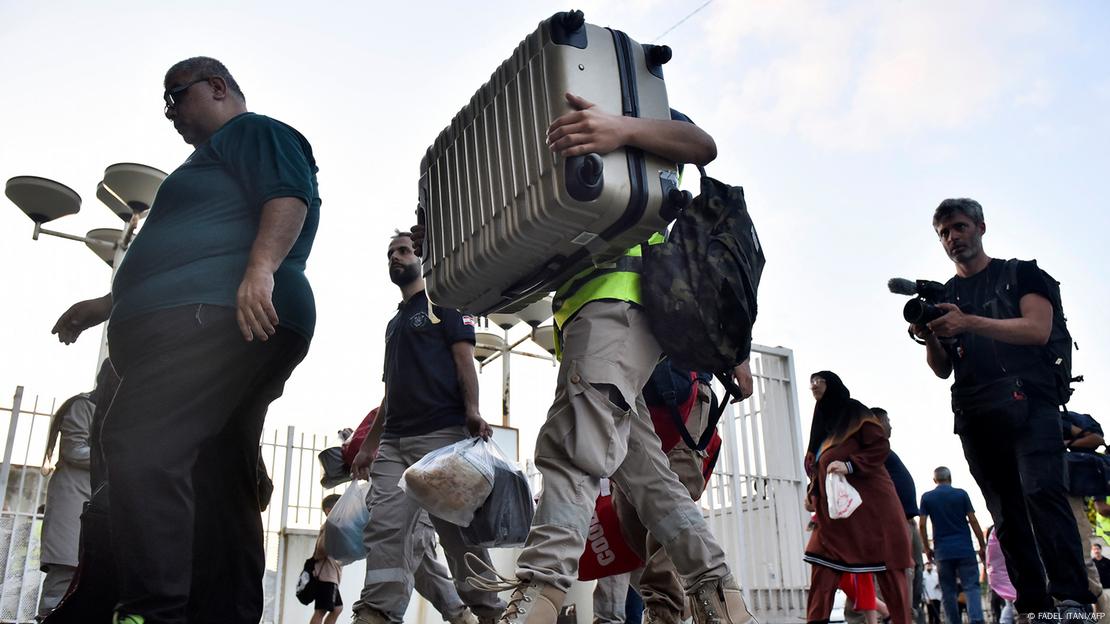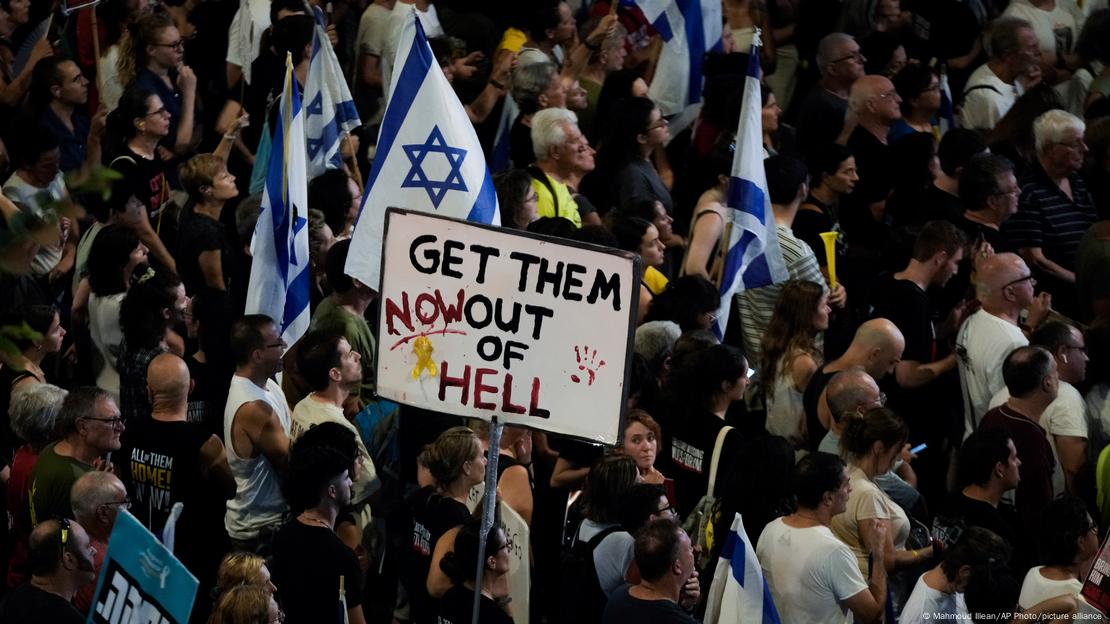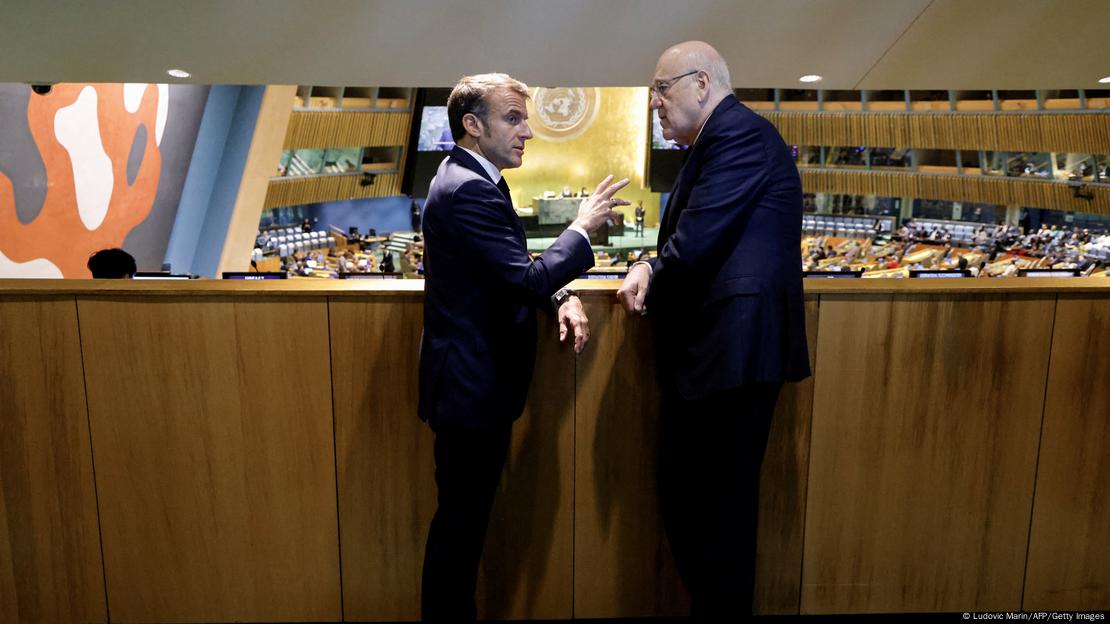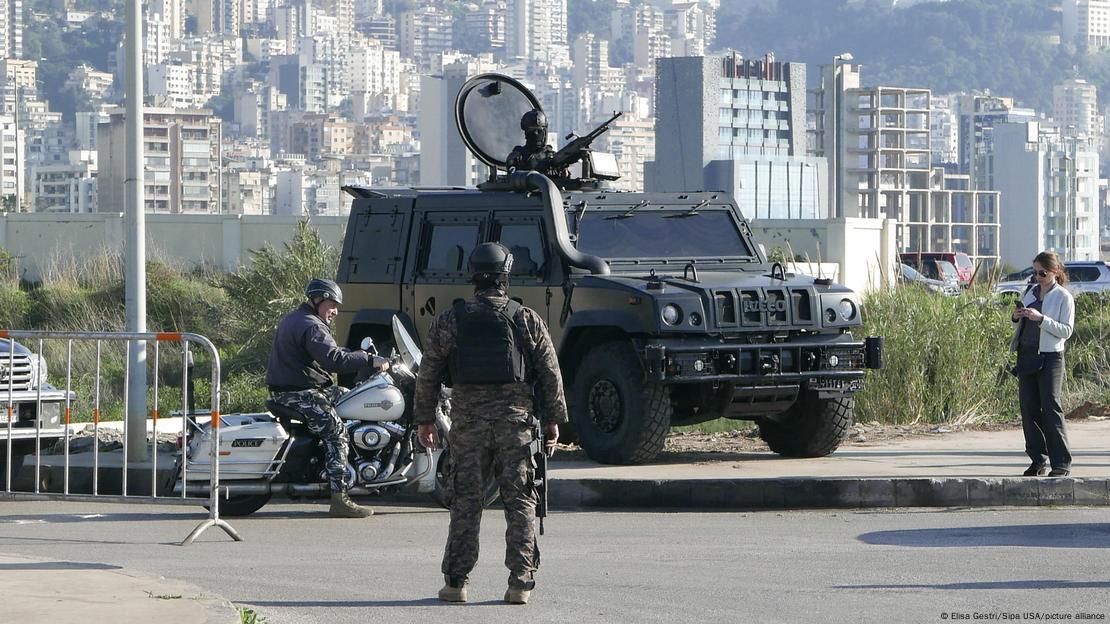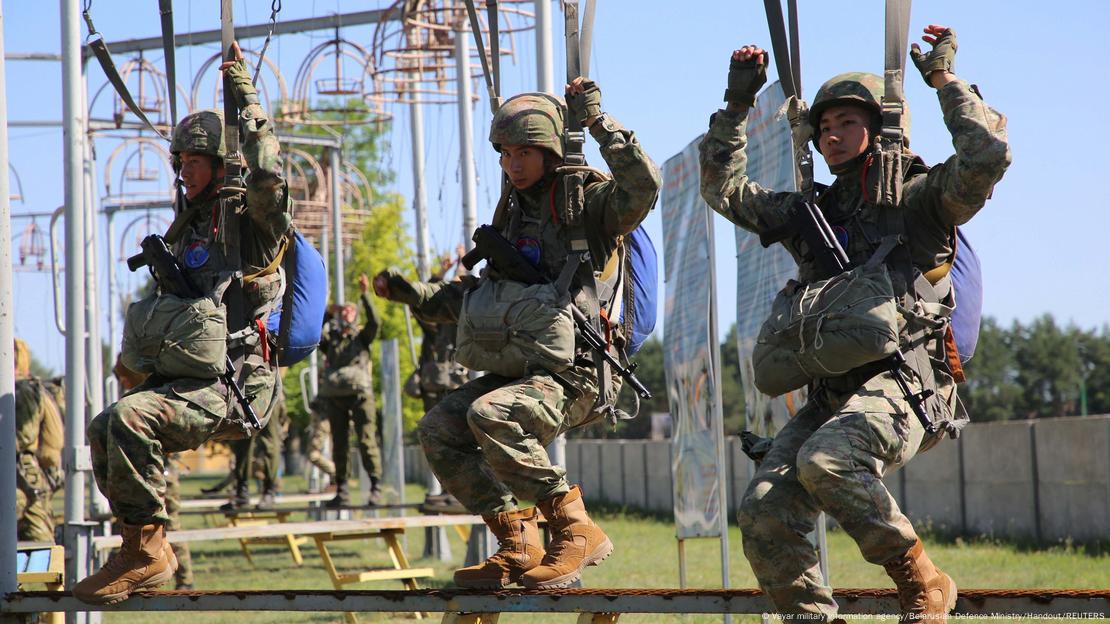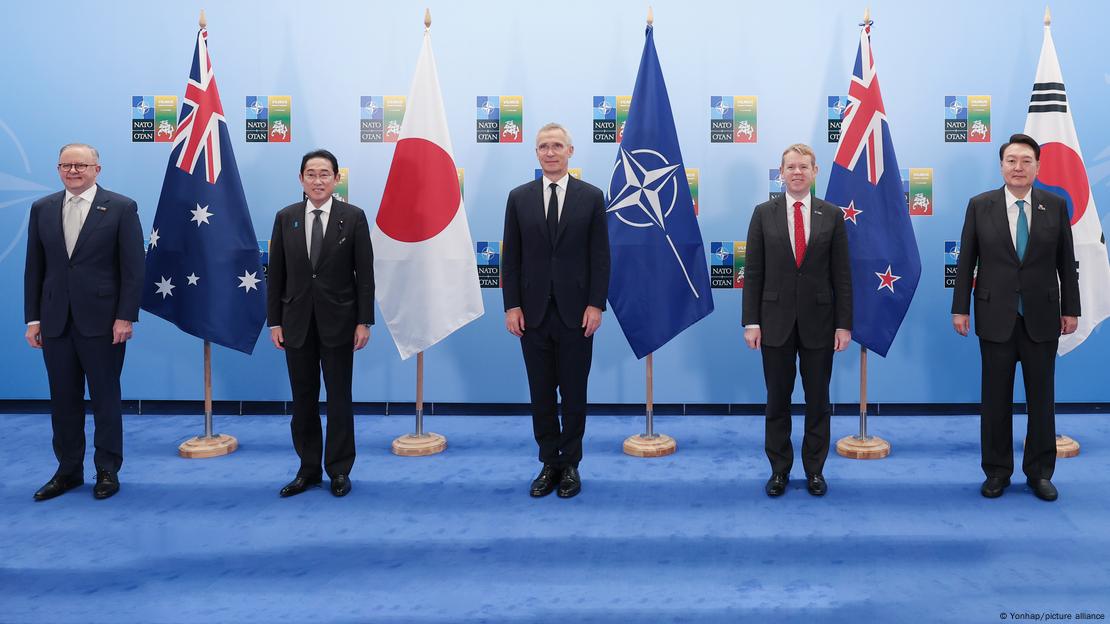By AFP
September 28, 2024

Ex-prisoner Cameron Moseley now works as a bike mechanic
- Copyright AFP Justin TALLIS
Peter HUTCHISON
Cameron Moseley hopes never to return to jail thanks to a pioneering scheme in London that aims to cut reoffending by training former prisoners to become bicycle mechanics.
The XO Bikes project chimes with the intention of Britain’s new Labour government to ease overcrowding in prisons, partly by rehabilitating inmates so they can find employment.
“There’s not much work out there for people like me,” said 30-year-old Moseley, who has been in and out of jail three times.
He was most recently released in July after serving a two-year-term for actual bodily harm.
His probation officer referred him to XO Bikes, a charity-owned business formed two years ago that takes participants through a six-week course in how to build and fix bicycles.
Afterwards, they can either work as mechanics for XO Bikes, where they can earn around £26,000, ($34,000), or use the industry-standard qualification to apply for a job elsewhere.
“If I didn’t have this I’d probably turn to crime again,” Moseley told AFP at the XO Bikes repair shop in Lewisham, southeast London.
The initiative was started in March 2022 by Stef Jones, a 58-year-old former advertising executive.
He came up with the idea while volunteering at Brixton prison in south London, where he saw inmates return to jail because often they had been unable to find work after their release.
“If no one else is going to give you a job, I’ll give you a job,” Jones said he remembered thinking at the time.
The scheme sees vetted participants fix up bikes that have been donated by various groups, including London’s Metropolitan Police, railway companies, corporations and members of the public.
Every donated bike is stripped and cleaned and then every part, from the brakes and the gears to the tyres and the frame, is tested, rebuilt, then tested again.
The refurbished bikes are returned to their original finish or branded an XO Bike and stamped with a number unique to the ex-prisoner who repaired it.
The bikes are sold on XO’s website and in its two stores, with the profits then reinvested into the scheme.
“You’ve got a bike with a past and a bloke with a past, and you’re giving them both a crack at a decent future. That’s the idea,” said Jones.
Trainees also gain “a routine, fellowship, support, encouragement, affirmation that you do belong on this side of the street, that you’ve got options”, he added.
– Timpson –
Gary Oakley, 38, says the scheme has given him purpose and a sense of “pride” since he left prison in April after serving 18 months for assault.
“To have something that I was looking forward to kept me from being depressed, sitting indoors and going the other way and ending up back inside.”
UK government statistics estimate that about one in four prisoners reoffend, costing England and Wales about £18 billion a year.
It is contributing to jails being at near capacity. Earlier this month the government was forced to release 1,700 prisoners early to reduce overcrowding.
After sweeping into power this July, Prime Minister Keir Starmer — a former human rights lawyer and chief state prosecutor — appointed businessman and justice reform advocate James Timpson as prisons minister.
Timpson’s family-owned key-cutting business runs training academies in dozens of prisons, with former convicts making up 10 percent of its workforce.
He believes that prisons need to become “rehabilitative” and wants more companies to hire adults with criminal records.
The Ministry of Justice estimated in a 2013 study that 18 percent of ex-prisoners reoffended within a year, but the figure rose to 43 percent for those without employment.
Some 65 ex-convicts have completed the XO Bikes programme, Jones said, with a couple of graduates going on to work for major sports firms.
Only two participants have subsequently reoffended.
“It’s working,” said Jones, who now wants to replicate the scheme with a barbering course.





